Review - Astrophotography with the Nikon D850 DSLR, page 2
Posted: 6 February 2018
D850 DSLR Astrophotography
Of course, using the D850 DSLR for astrophotography, with camera lenses and at prime focus of the 12" telescope, would be a key use for me. Here are some initial tests I did. In-camera Noise Reduction settings were OFF for all the images.
Handheld
D7200 (DX) on the left and the D850 (FX) on the right (full frame).
Sun (using solar filters, no sunspots)
Nikon 70-300mm
300mm
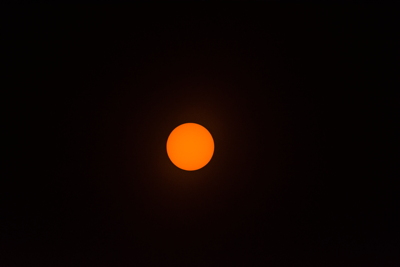
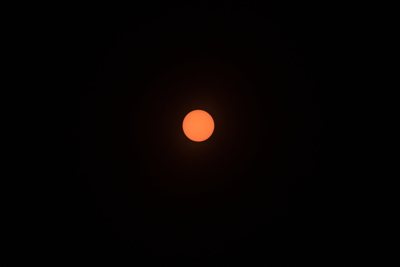
Tamron 150-600mm
600mm
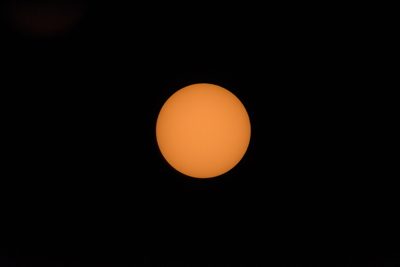
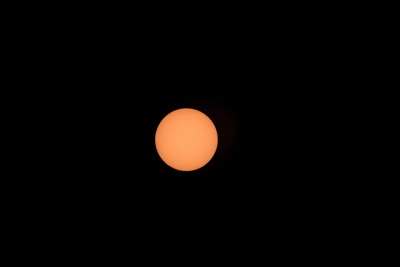
Waning Gibbous Moon
D850 DSLR + Tamron 150-600mm, FL 600mm
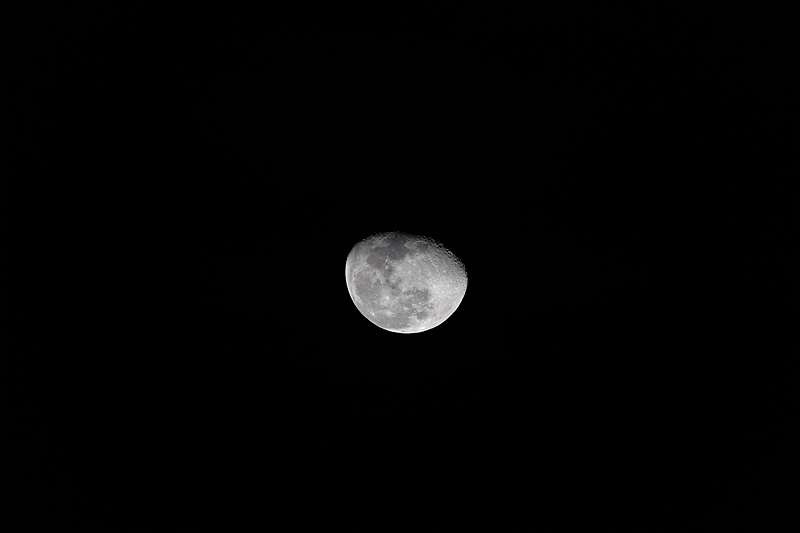
This is the same Moon photo but cropped to show the image quality:
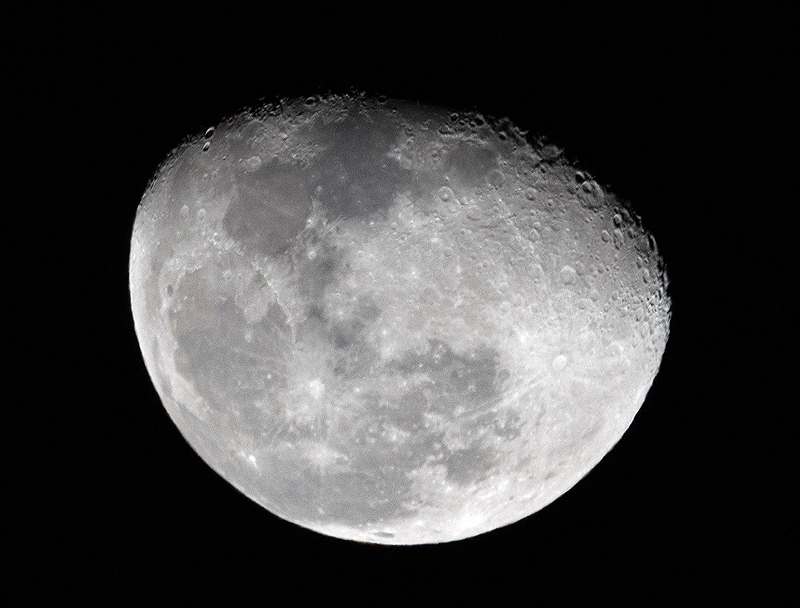
Sky Astrophotography
My first sky astrophotography tests were of the constellation of Orion using the D850 mounted on a photographic tripod (no tracking) with the f/2.8. 24-70mm lens set to a focal length of 70mm. I tested high ISO settings using exposures of 5 seconds. The following Orion images are unedited.
ISO 6400

ISO 25600
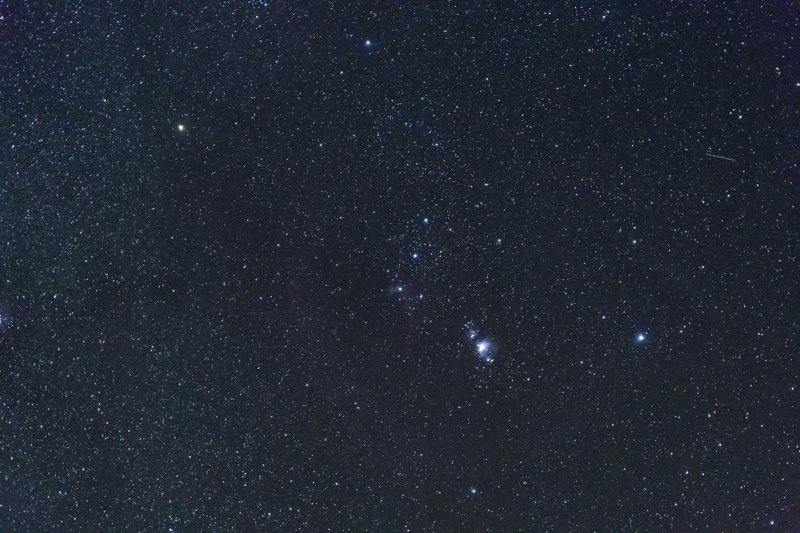
ISO 51200

ISO 102400
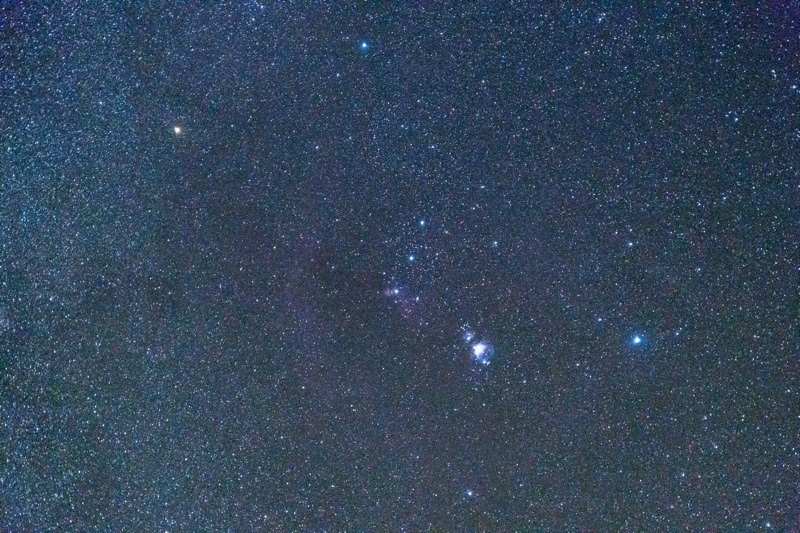
Even doing handheld night sky astrophotography is possible with the D850. This is the Zodiacal Light, handheld, f/2.8, 1 second, ISO 25600, focal length 24mm:
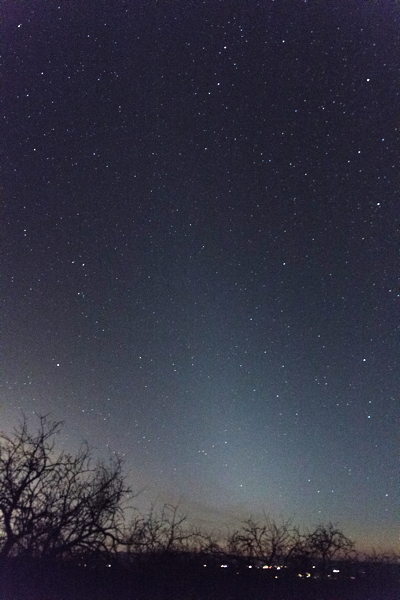
This handheld sky image shows the constellation of Cassiopeia, the Andromeda Galaxy, and the Double Cluster, f/2.8, 1 second, ISO 25600, focal length 24mm:
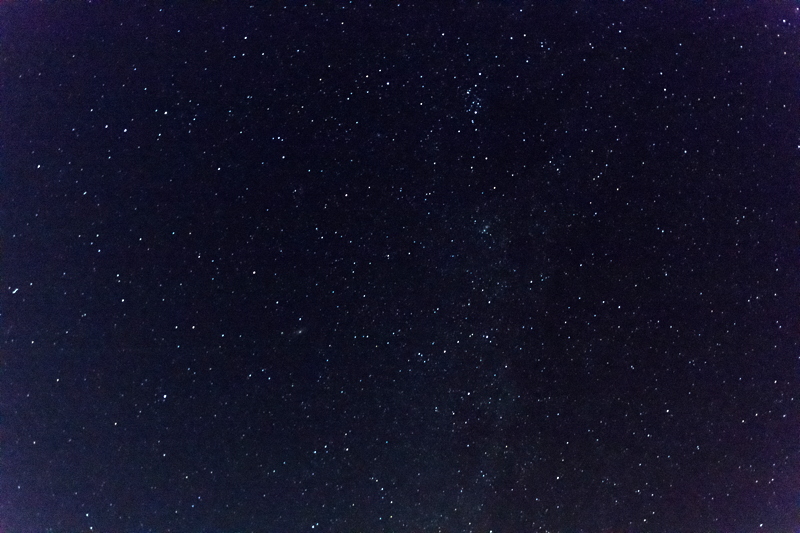
Mouseover or tap on image for labels
Impressive high ISO results.
I also used an iOptron SkyTracker Pro for tracked images.
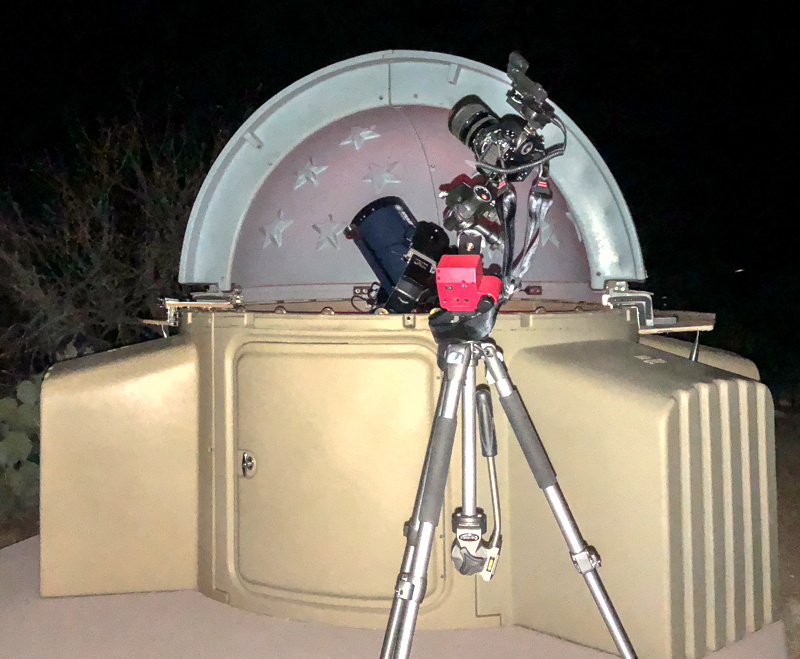
Here is M31 (Andromeda Galaxy), tracked, f/2.8, 30 seconds, ISO 25600, FL 70mm. M33 (Triangulum Galaxy) is visible at the upper left.

And just to show the high resolution of the D850, this image of M31 was cropped from the full size image above:
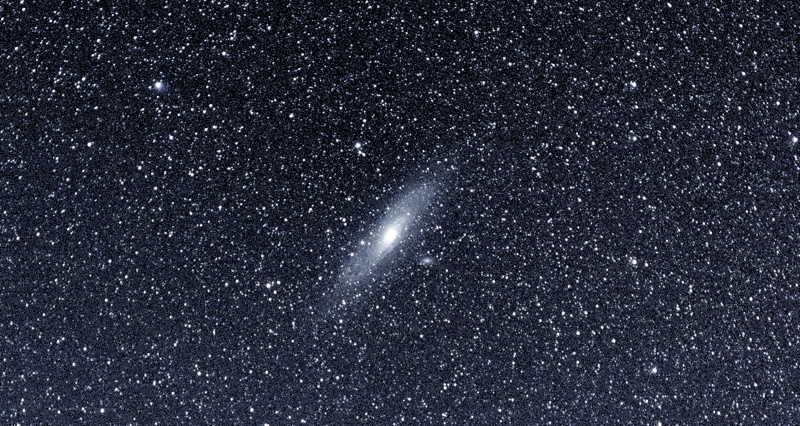
This tracked photo, f/2.8, 10 seconds, ISO 25600, FL 24mm, shows the constellation of Orion, the Winter Milky Way, and some clouds (lower right):
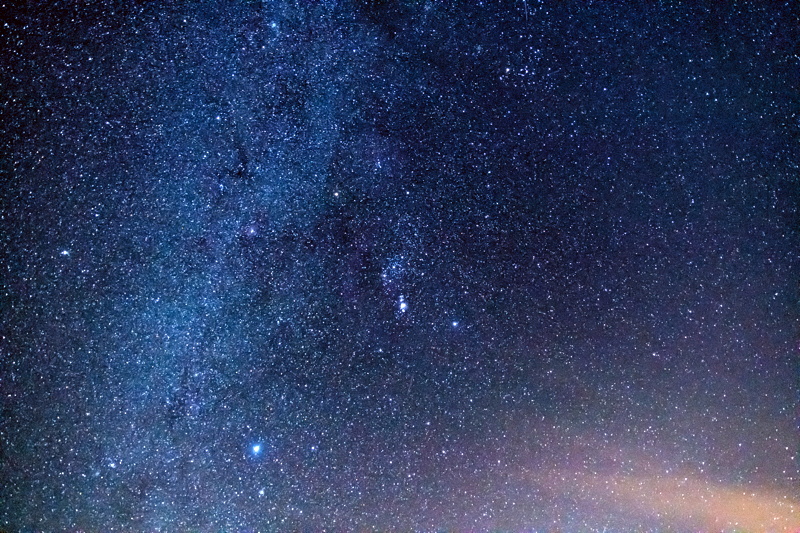
Prime Focus Astrophotography with 12" telescope
I did tests at prime focus (left) and prime focus + focal reducer (right) with the D850 and 12" LX600 telescope. The tilt screen was used for the tests.
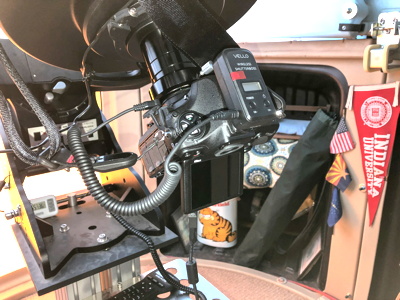
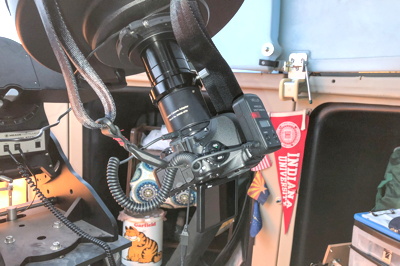
For comparison, the following unedited M42 (Great Nebula in Orion) images show the D7200 DSLR (DX) on the left and the D850 DSLR (FX) on the right to show image scale.
Prime Focus, 30 seconds, ISO 400
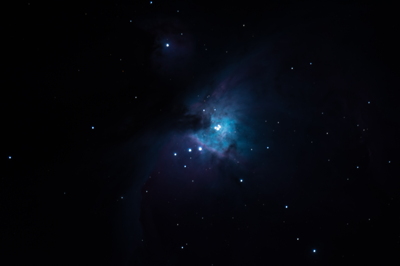
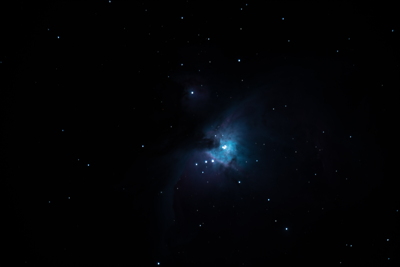
Prime Focus, 30 seconds, ISO 1600

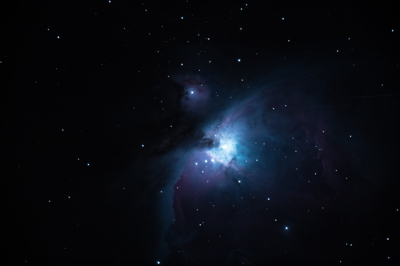
Prime Focus + Focal Reducer, 30 seconds, ISO 400
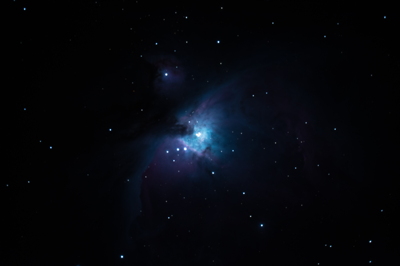
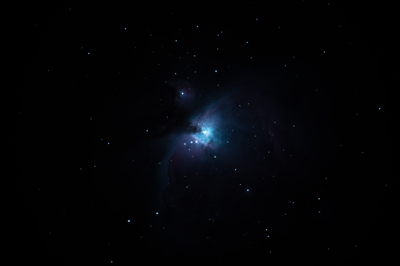
Prime Focus + Focal Reducer, 30 seconds, ISO 1600
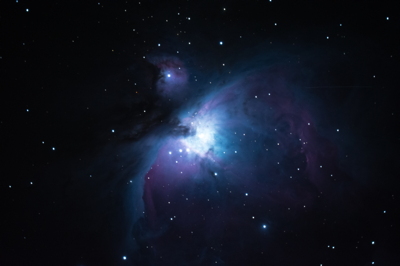
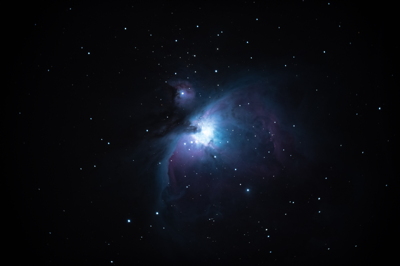
This edited image of NGC2392 (Eskimo Nebula) was taken at prime focus, 30 seconds, ISO 1600:
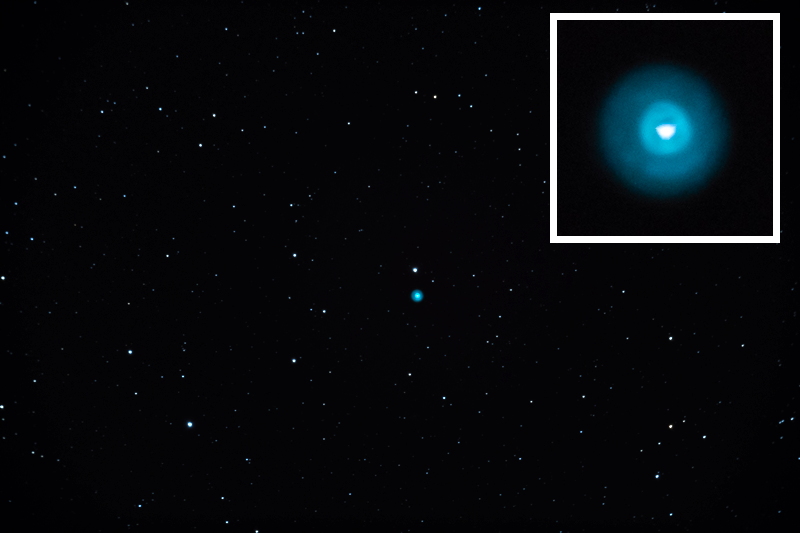
The inset shows the Eskimo Nebula cropped from the original full size image.
This edited image is M42 (the Great Orion Nebula), prime focus + focal reducer, 30 seconds, ISO 1600:

Click or tap on image for larger version
Summary
The Nikon D850 DSLR is a high quality, professional grade camera. Some features I found useful for astrophotography were the tilt screen (for live view focusing and framing, and image review) and the illuminated buttons. The high resolution of the sensor makes cropping images a good solution when imaging small objects. The low digital noise and useful extended ISO range yield excellent results for astrophotography (even with Noise Reduction settings set to OFF in the camera).
The Nikon D850 DSLR is an expensive camera. But when you consider it is an excellent camera for both daytime and nighttime photography, the value of this highly capable camera for astrophotography is very high.
I will continue to use the D850 DSLR for astrophotography. Images will be documented on the Cassiopeia Observatory Reports and Albums pages.
Go back to D850 Review page 1.
Cassiopeia Observatory Home Page
Copyright ©2018 Michael L. Weasner / mweasner@me.com
URL = http://www.weasner.com/co/Reviews/2018/Nikon_D850_DSLR/index2.html
